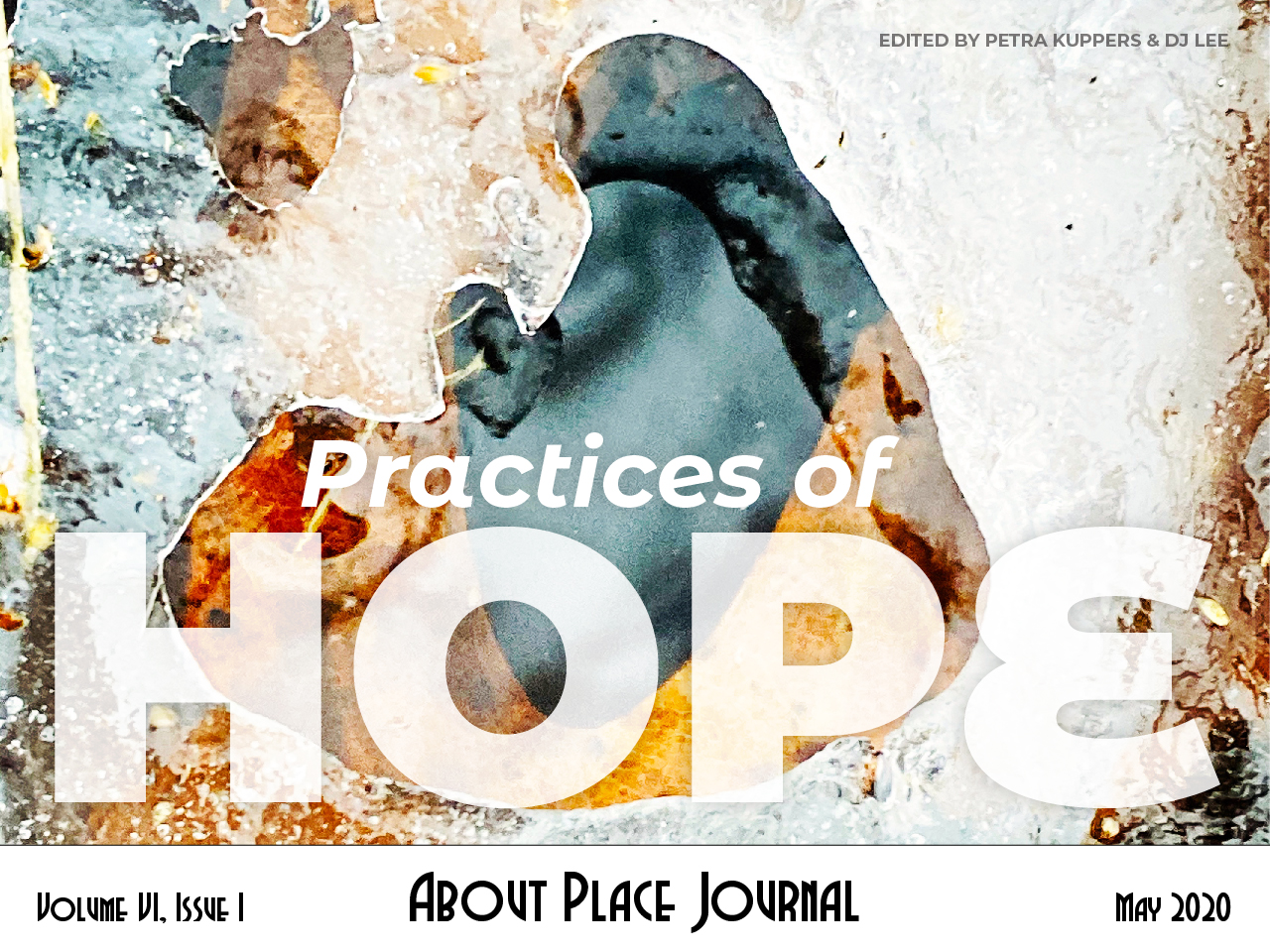This audio-visual composition is grounded in the Valley of Sagana, in Sicily, Italy, in the permacultural site of Centre for Development of Consciousness – Thar dö Ling. There, two doctoral researchers in the environmental humanities grew their roots for the purpose of writing an ecocritical autoethnography on ecological imaginaries (Giulia) and filming the implementation of practices of permaculture in the realm of slow ecocinema (Michał). The shared resolution is contributing to the narration around a culture of regeneration that is ecosystemic and place based.
In a permacultural site, humans adapt to a set of guidelines and the threefold ethics of earth care, people care and fair share (Mollison 1988; Holmgren 2002), in order to form nurturing relationships with land, by understanding the expressiveness of nonhuman beings and more-than-human elements.
The interaction of moving images and words is a collaborative craft that goes beyond the multimodality of its communicative act and effect. The interaction of films and writings is representative of the lived experience during the ethnographic fieldworks: discursive intellectual practices are ultimately entangled in the physicality of material life. Footage grabbed intentionally, while bending downward, standing still, breathing calmly, sweating, in the rain, and because of casual noticing as a walking witness. Phrases written in various sitting spots, while listening to the world with all senses, and as recollections after unintentional happenings. Being aware of being alive.
Both methods of investigation are imbued with the immediacy, spontaneity, and subjectivity of corporeality, which itself constitutes the quintessential method of research. We investigate as we embody. Perceptions and thoughts are generated by corporeal beings, like plants and water, and their embodiment. Thus, it is the level of awareness around the embodiment of human knowledge that suggests an appreciation for other-than-human beings and elements.
Moving images and words have the role to either inspire the sprouting of consciousness or glance at the cultivation of appreciation as a practice of hope. Hope that another future is possible for planet Earth. Hope as an exercise of imagination, daring to envisage alternative scenarios. One way to imagine future possibilities is cultured within a different conception of life as it is in the present. How does a bark feel like? Which food do honeybees eat? What is a donkey’s need? Why is the spider there? Where does the rain go?
References:
Holmgren, David. 2002. Permaculture: Principles and Pathways beyond Sustainability. Hepburn, Victoria: Holmgren Design Services.
Mollison, Bill. 1988. Permaculture: A Designer’s Manual. Tyalgum, NSW: Tagari.


